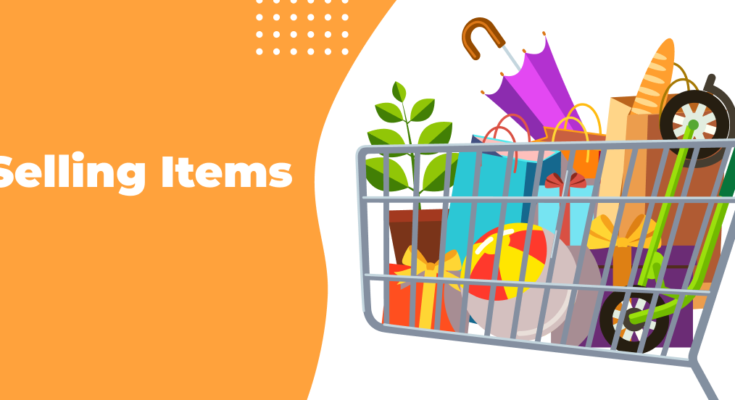How to Ship Big Heavy Items for Your eBay Store
Introduction
In this blog, we will guide you on how to ship big heavy items for your eBay store. Shipping large items can be a challenge, but with the right techniques, you can ensure that your items arrive safely to your customers. We will cover everything from finding the right boxes to packaging the items securely.
How to Ship Big Items on eBay

Choosing the Right Box
When shipping big items, it is important to find the right box that can accommodate the size and weight of your items. The speaker, subwoofers, and other big items you sell on eBay require a box that is sturdy and spacious.
Dave, a full-time eBay reseller with a 15,000-item eBay store, recommends using a standard-size box that can fit most receivers, amps, and subwoofers. He suggests keeping a stock of boxes ready to go before you start buying bigger items, so you have them on hand when you need them. If you need a special box, you can easily purchase one from Staples or U-Haul.
Dave personally found a great solution for his big items by visiting his local recycling center, where he discovered 15″ x 13″ x 19″ size boxes that work perfectly for most of his items. He recommends searching for similar boxes on eBay or other online platforms if you’re unable to find them at a recycling center.
Preparing the Box
Once you have the right box, it’s time to prepare it for packaging your items. Dave suggests assembling the box and ensuring it is securely closed. He uses tape to seal all the edges and make sure the box is ready for the next step.
Using Lids for Padding
Dave also keeps lids from other boxes to use as padding inside the box. He folds them up and places them strategically to provide extra protection for the items. This technique helps prevent any movement or damage during transit.
Bubble Wrapping the Items
Before placing the items in the box, it’s essential to bubble wrap them to provide an additional layer of protection. Dave recommends using bubble wrap with a bubble height of 3/16″ for smaller items and 5/16″ for larger and more fragile items.
He keeps both types of bubble wrap easily accessible in his workspace. He suggests bubble wrapping the items carefully, ensuring that they are fully covered. For heavier or more delicate items, he recommends adding multiple layers of bubble wrap to provide extra cushioning and protection.
Folding and Securing the Bubble Wrap
Dave demonstrates his technique for folding and securing the bubble wrap. He starts by folding the bubble wrap around the item, ensuring it is tightly wrapped. For less fragile items, he can wrap them quickly, while for more delicate items, he takes his time to ensure complete coverage.
Packaging the Items
Once the items are bubble-wrapped, it’s time to place them inside the prepared box. Dave shows how he fits the items into the box, ensuring they are tightly packed to prevent any movement during shipping.
Using Additional Padding
To fill any remaining space in the box and provide extra stability, Dave suggests using the lids he mentioned earlier. He uses the lids from office boxes and places them strategically to create a firm structure inside the box.
Closing and Securing the Box
Once the items and additional padding are in place, Dave closes and secures the box with tape. He ensures the box is tightly sealed to prevent accidental opening during transit.

Labeling and Shipping
With the items securely packaged, it’s time to label and ship them to your customers. Dave recommends using shipping labels and printing them directly from your shipping page.
He shows how he weighs the packages using a scale and enters the dimensions into the shipping page. Dave typically uses USPS for shipping, as it offers competitive pricing. However, he also considers UPS and FedEx if they provide a more cost-effective option for specific packages.
Applying the Shipping Label
Once the shipping label is printed, Dave applies it to the package. He suggests placing the label on a flat surface to ensure it adheres correctly.
Conclusion
Shipping big heavy items for your eBay store doesn’t have to be daunting. By following the tips and techniques shared by Dave, you can ensure that your items are packaged securely and arrive safely to your customers. Remember to choose the right boxes, bubble wrap the items, and label the packages correctly before shipping. With these strategies in place, you can provide a positive buying experience for your customers and build a successful eBay business.



